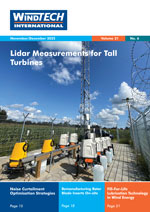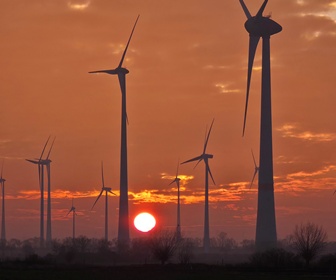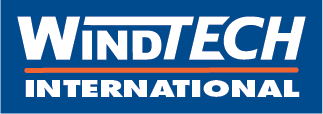The European Union (EU) can increase the share of renewable energy in its energy mix to 34 per cent by 2030 – double the share in 2016 – with a net positive economic impact, finds a report by the International Renewable Energy Agency (IRENA). Achieving higher shares of renewable energy is possible with today’s technology, and would trigger additional investments of around € 368 billion until 2030 – equal to an average annual contribution of 0.3 per cent of the GDP of the EU. The number of people employed in the sector across the EU – currently 1.2 million – would grow significantly under a revised strategy.
Raising the share of renewable energy would help reduce emissions by a further 15 per cent by 2030. These reductions would bring the EU in line with its goal to reduce emissions by 40 per cent compared to 1990 levels, and set it on a positive pathway towards longer-term decarbonisation. The increase would result in savings of between € 44 billion and € 113 billion per year by 2030, when accounting for savings related to the cost of energy, and avoided environmental and health costs. Additional key findings from the report, include:
- Reaching a 34% renewable share by 2030 would require an estimated average investment in renewable energy of around € 62 billion per year.
- The renewable energy potential identified would result in 327 GW of installed wind capacity an additional 97 GW compared to business as usual, and 270 GW of solar, an 86 GW increase on business as usual.
- Accelerated adoption of heat pumps and electric vehicles would increase electricity to 27 per cent of total final energy consumption, up from 24 per cent in a business as usual scenario.
- The share of renewable energy in the power sector would rise to 50 per cent by 2030, compared to 29 per cent in 2015.
In end-use sectors, renewable energy would account for 42 per cent of energy in buildings, 36 per cent in industry and 17 per cent in transport. - All renewable transport options are needed, including electric vehicles and – both advanced and conventional – biofuels to realise long-term EU decarbonisation objectives.
The report is a contribution to the ongoing discussions on the European Commission’s ‘Clean Energy for All Europeans’ package, tabled in November 2016, which proposed a framework to support renewable energy deployment.










